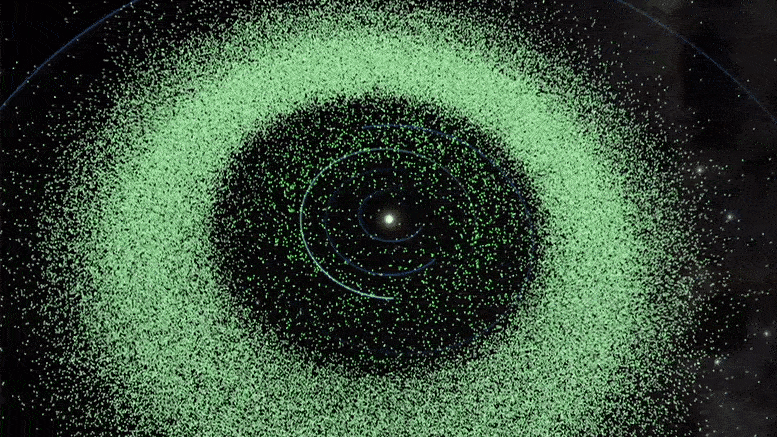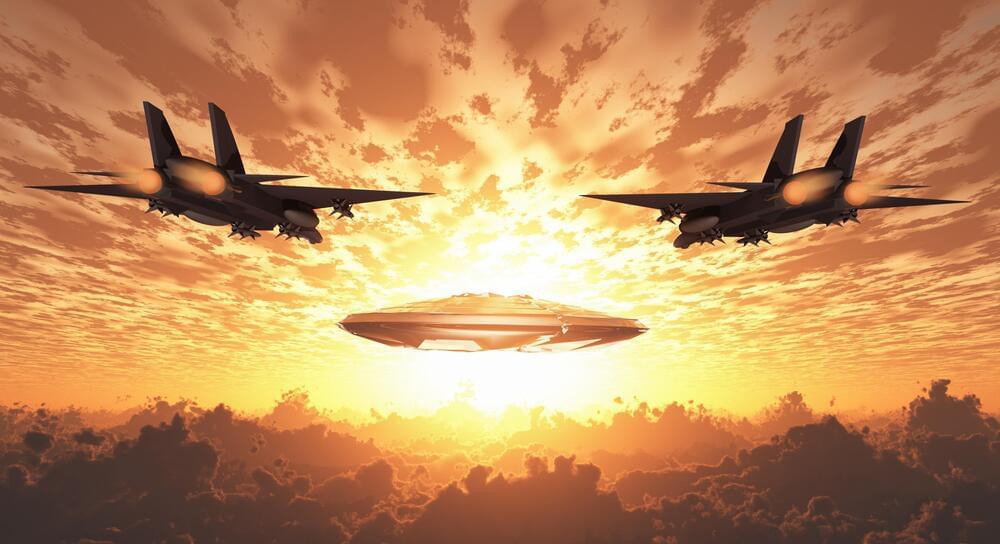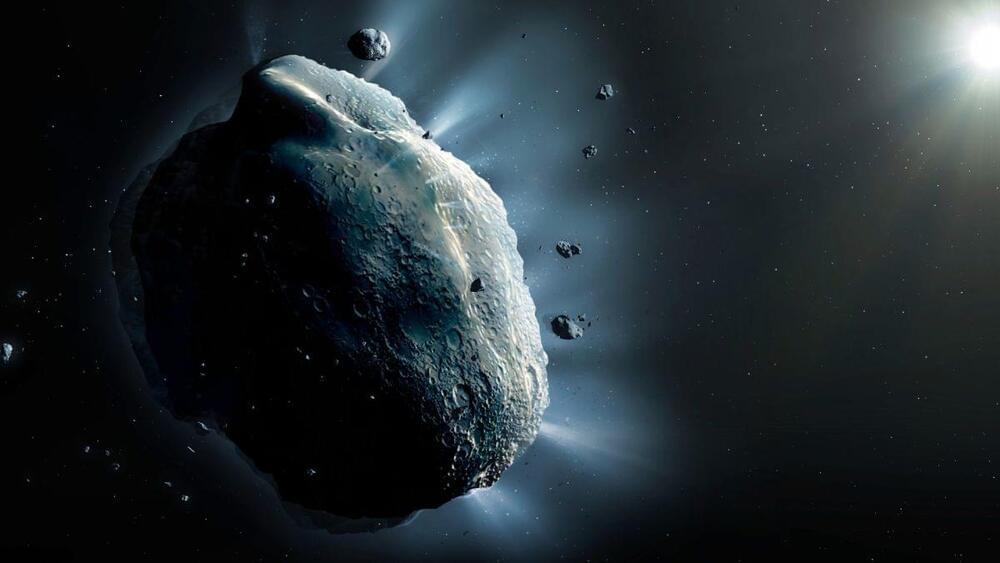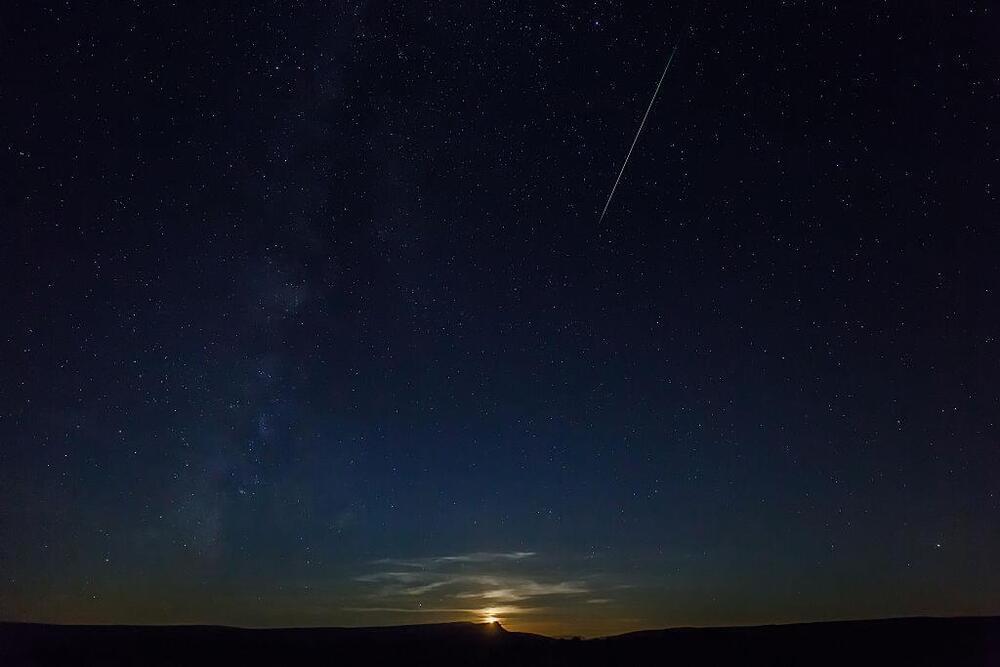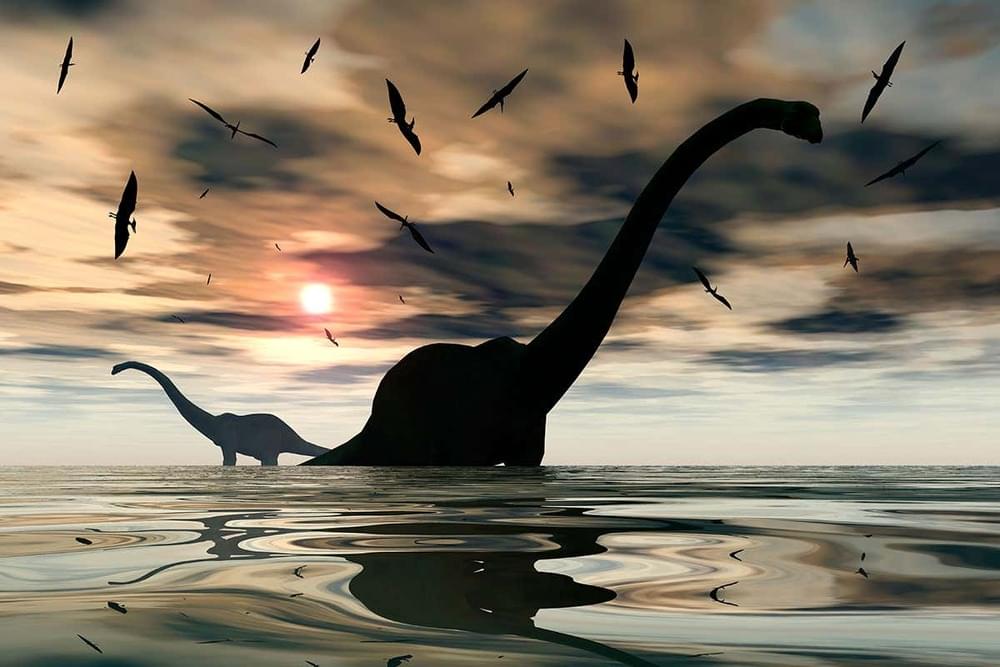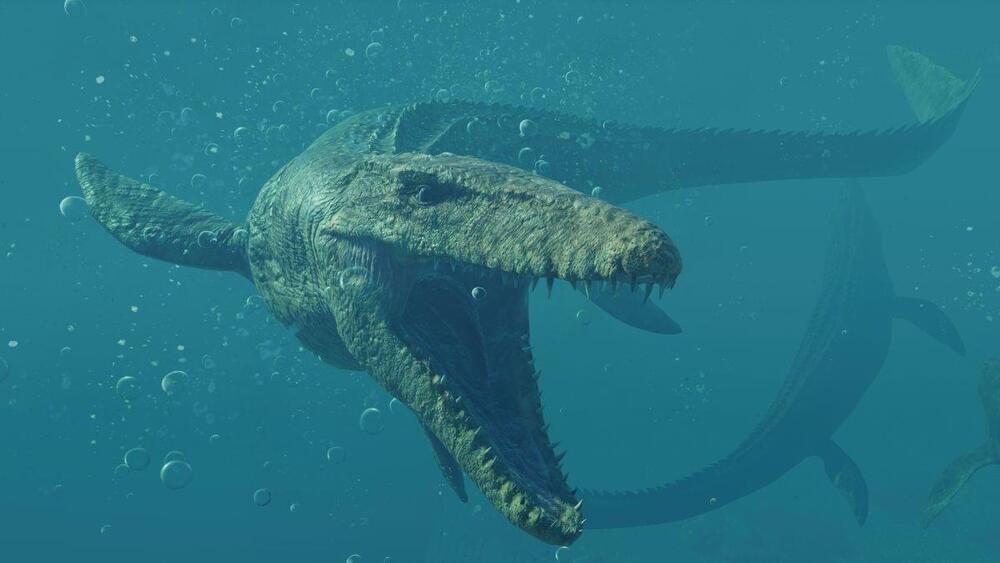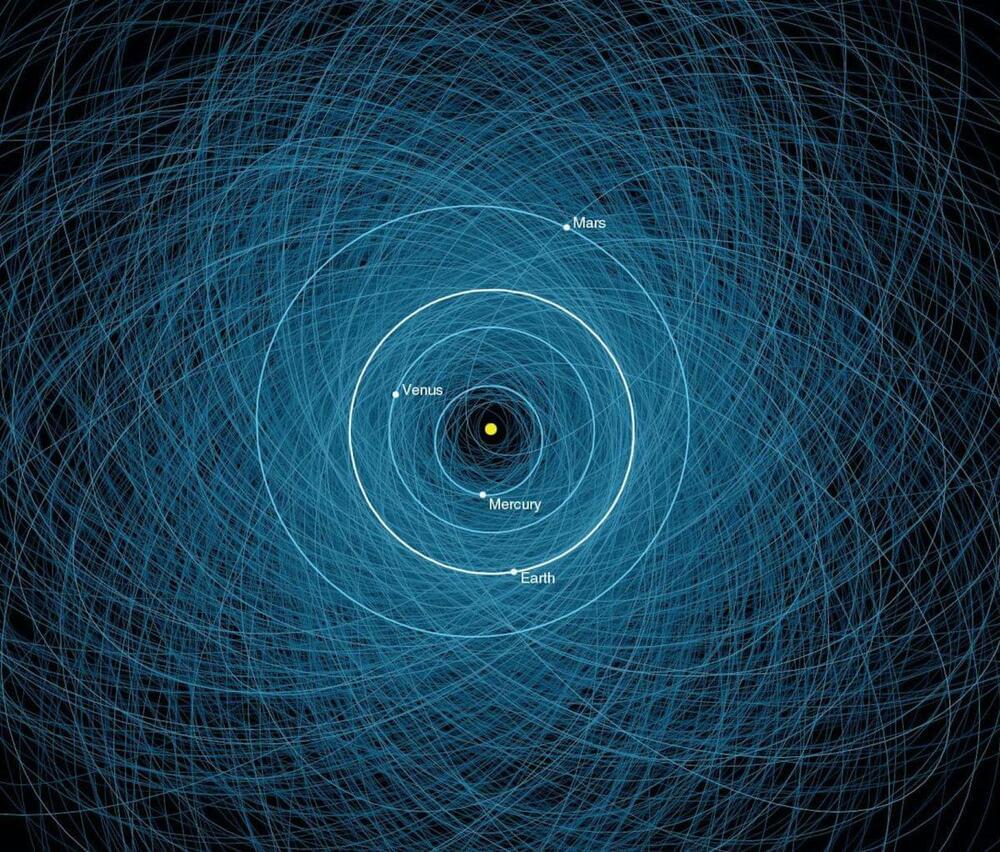Jun 1, 2022
Killer Asteroids Are Lurking Around Us — A New Cloud-Based Tool Can Help Spot Them
Posted by Quinn Sena in categories: asteroid/comet impacts, existential risks, information science
Discovering and tracking asteroids is critical for planetary defense against killer asteroid impacts. The detailed astronomical data associated with it is also useful for providing new insights for astronomers. Helping with this task is a new algorithm called THOR, which has now proven to be capable of finding asteroids. It has been running on the Asteroid Institute’s cloud-based astrodynamics platform for identifying and tracking asteroids.
